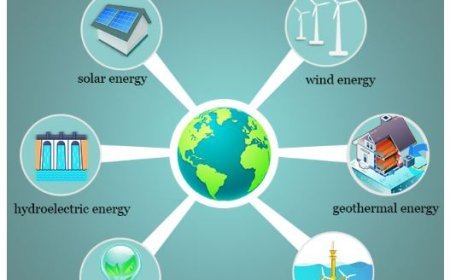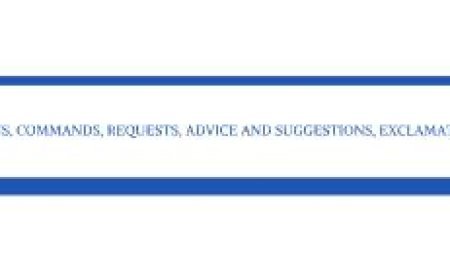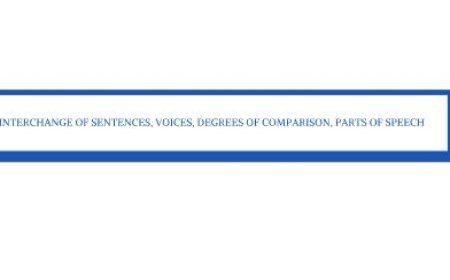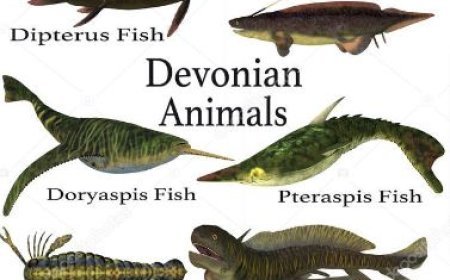IMPORTANT INVERTEBRATE FOSSILS IN INDIAN STRATIGRAPHY
Explore the significant vertebrate fossils found in Indian stratigraphy, from ancient fish to dinosaurs.
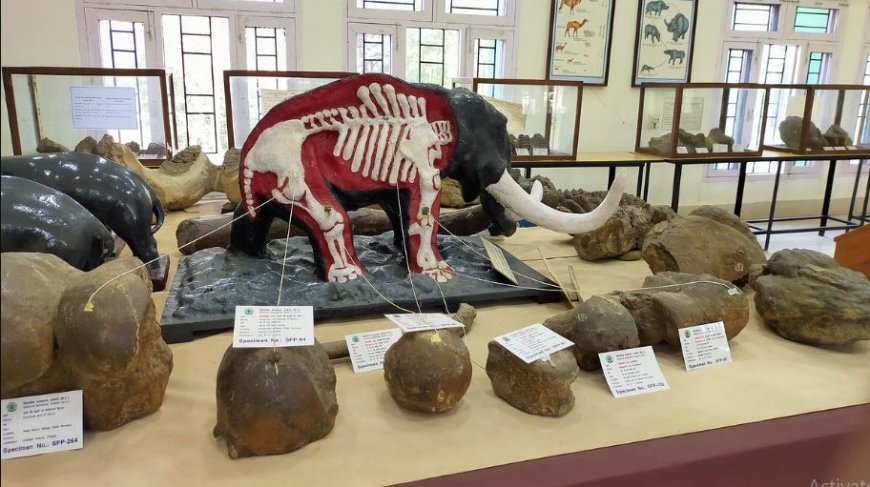
Important Vertebrate Fossils In Indian Stratigraphy
The Causes Of Mass Extinctions:
- Mass extinctions are key episodes in Earth's history in which a great number of species die out in a short period of time.
- Understanding these occurrences is essential for comprehending the processes of
biodiversity, evolution, and ecological equilibrium.
- Mass Extinction
- A mass extinction is defined as the abrupt extinction of at least 75% of a species worldwide.
- Historical context: Five significant mass extinctions have shaped the evolution of life on Earth.
2. The Big Five Mass Extinctions
- The Ordovician-Silurian Extinction occurred around 443 million years ago
- Cause: climate change and sea level decline.
- Impact: Approximately 85% of species, including many marine species, were gone.
- The Late Devonian Extinction occurred around 375 million years ago.
- Possible causes include climatic changes, low oxygen levels, and asteroid strikes.
- Approximately 75% of species were wiped off, resulting in substantial impacts on marine life.
- The Permian-Triassic Extinction occurred around 252 million years ago
- Causes include volcanic eruptions, climatic change, and ocean anoxia.
- The most devastating extinction, with around 96% of all species going extinct.
- Triassic-Jurassic Extinction (around 201 million years ago)
- Causes: volcanic activity and climate change.
- About 80% of species died, making room for dinosaurs.
- The Cretaceous-Paleogene Extinction occurred around 66 million years ago
- Cause: meteor impact and volcanic activity
- Around 75% of species, including dinosaurs, were destroyed.
3. The causes of mass extinction
- Mass extinctions can be caused by a multitude of factors, which are frequently connected. Primary considerations include:
- Environmental Change
- Climate Change: Temperature changes can impact ecosystems and food supplies.
- Sea level fluctuations can harm coastal and marine habitats.
- High CO2 levels cause ocean acidification, negatively impacting marine life.
b. Asteroid impacts
- Impact craters indicate that asteroid or comet encounters can cause catastrophic extinction.
- The Chicxulub impact played a crucial role in the dinosaur extinction.
- Volcanic Activity: Large eruptions can cause climate change and habitat destruction
- The Siberian Traps eruption was related to the Permian-Triassic extinction.
- Biological Factors
- Invasive species have the potential to outcompete native species in new settings
- Disease outbreaks can devastate populations, especially if species are not resistant.
4. Impact on Biodiversity
- Loss of biodiversity can make ecosystems more vulnerable and less responsive to change.
- The extinction of one species can set off a chain reaction impacting many others.
What's Your Reaction?









